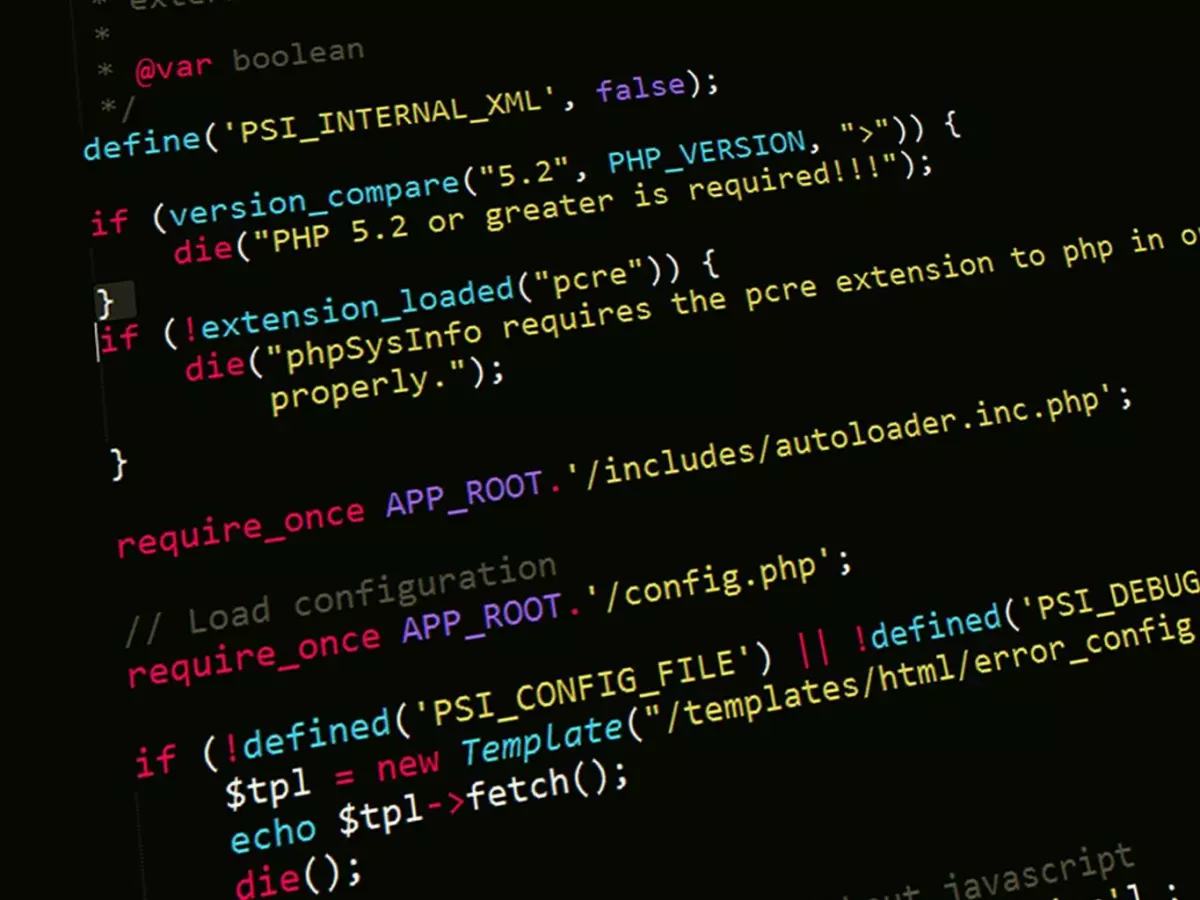Modular Magic
You’ve probably heard the term “modular” thrown around in tech circles, usually in the context of hardware. Modular keyboards, modular phones, modular PCs—everything seems to be going modular these days. But when it comes to software, many developers still think of it as a nice-to-have, not a must-have. They believe that modularity is something you can tack on later, like a fancy feature or a shiny new framework.

By Priya Mehta
However, what if I told you that modularity is not just a buzzword or a trend, but a fundamental principle that can make or break your software? In fact, mastering software modularity might just be the key to writing cleaner, more maintainable, and scalable code. And let’s be real—who doesn’t want that?
So, what exactly is software modularity, and why should you care? Well, let’s break it down. Modularity in software refers to the practice of dividing a program into distinct, independent modules, each responsible for a specific piece of functionality. These modules can be developed, tested, and maintained separately, making the overall system more flexible and easier to manage. Think of it as the LEGO approach to software development—each block (or module) can be swapped, replaced, or upgraded without affecting the entire structure.
But here’s the kicker: modularity isn’t just about making your code look neat. It’s about making your life as a developer easier in the long run. Imagine working on a massive codebase where every change you make feels like defusing a bomb. One wrong move, and boom—everything breaks. Now, imagine that same codebase, but broken down into modular components. Suddenly, you can make changes to one part of the system without worrying about the whole thing collapsing. Sounds like a dream, right?
Why Modularity Matters
Let’s get into the nitty-gritty of why modularity is such a game-changer. First off, it makes your code easier to understand. When your software is divided into smaller, self-contained modules, it’s much simpler to grasp what each part of the system is doing. This is especially handy when you’re working in a team or when someone new joins the project. Instead of spending hours trying to untangle a spaghetti mess of code, they can focus on understanding one module at a time.
Modularity also makes your code easier to maintain. Bugs are inevitable, but when your system is modular, tracking down and fixing those bugs becomes a lot less painful. You can isolate the problem to a specific module, fix it, and move on. No more hunting through hundreds of lines of code, praying you don’t break something else in the process.
And let’s not forget about scalability. As your software grows, modularity allows you to add new features or make changes without having to rewrite the entire system. You can simply add a new module or update an existing one, and the rest of your codebase remains untouched. This is especially crucial in today’s fast-paced development environment, where the ability to adapt and scale quickly can make or break a project.
How to Achieve Modularity
Alright, so modularity sounds great, but how do you actually achieve it? Well, it’s not as complicated as you might think. The key is to start with a solid design. Before you write a single line of code, take the time to plan out your system’s architecture. Identify the different components or features that can be separated into modules. This might take a bit more time upfront, but trust me, it’ll save you a ton of headaches down the road.
Once you’ve got your design in place, stick to the principle of separation of concerns. Each module should have a single responsibility and should only interact with other modules through well-defined interfaces. This not only makes your code more modular but also more reusable. You can take a module from one project and drop it into another with minimal changes. How cool is that?
Another important practice is to minimize dependencies between modules. The more tightly coupled your modules are, the harder it will be to make changes without affecting the entire system. Aim for loose coupling, where each module can function independently of the others. This will make your code more flexible and easier to maintain.
Is Modularity Always the Answer?
Now, before you go off and start breaking everything into modules, let’s address the elephant in the room: is modularity always the right approach? The short answer is no. In some cases, modularity can add unnecessary complexity, especially for small projects or prototypes. If you’re building a simple app with a limited scope, the overhead of creating and managing multiple modules might not be worth it.
However, for larger projects or systems that are expected to grow over time, modularity is almost always a good idea. It provides a solid foundation that will make your software easier to maintain, scale, and adapt as your needs evolve. So, while it’s not a one-size-fits-all solution, it’s definitely something you should have in your toolkit.
Final Thoughts
So, is software modularity the secret sauce to better code? In many cases, yes. By breaking your system down into smaller, independent modules, you can make your code easier to understand, maintain, and scale. Plus, you’ll save yourself a lot of headaches in the long run. So, the next time you’re starting a new project or refactoring an existing one, consider going modular. Your future self will thank you.
What do you think? Is modularity the missing piece in your software development puzzle?





